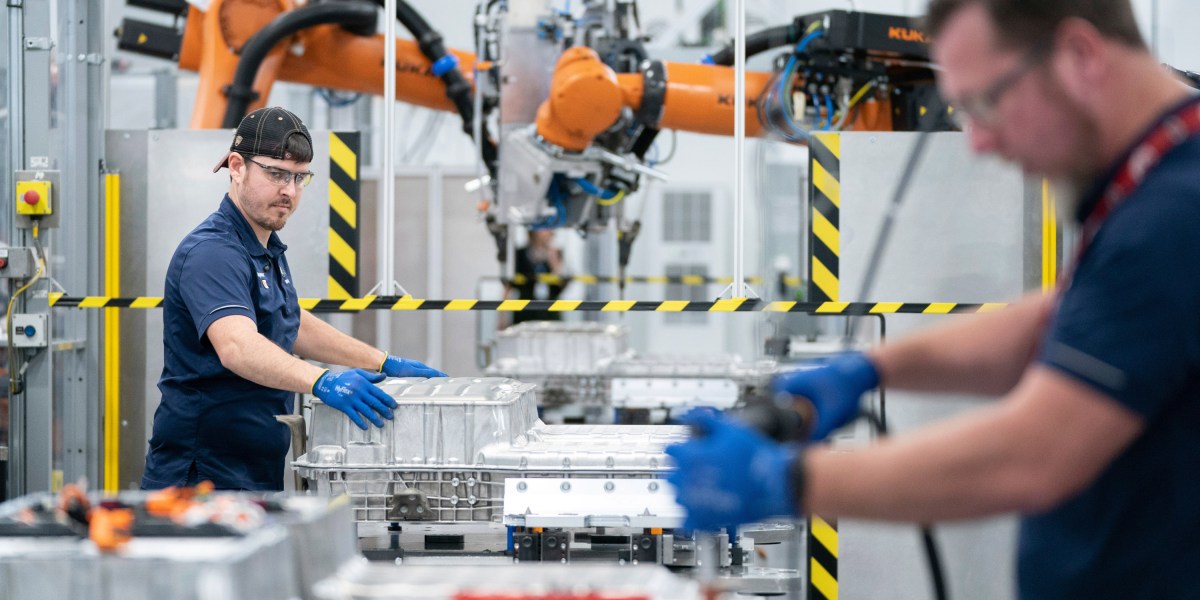
Solid-state batteries and sodium-ion batteries are two emerging technologies that are set to disrupt the battery market in the coming years. With the demand for more efficient and cost-effective energy storage solutions increasing, these advancements hold great promise for various applications, including electric vehicles (EVs) and stationary grid storage. In this article, we will explore the latest developments in battery technology and what to expect in 2023.
Contents
Solid-State Batteries: A Game-Changer in EVs
Solid-state batteries, using lithium metal as a leading candidate, have garnered significant attention due to their potential to revolutionize EVs. Companies like Quantumscape have made substantial progress in this field, with a deal in place with Volkswagen that could see their batteries being used in cars by 2025. However, challenges related to degradation and manufacturing have hindered the widespread adoption of solid-state batteries.
Nonetheless, significant strides have been made, and Quantumscape recently delivered samples to automotive partners for testing, marking a significant milestone in the path towards integrating solid-state batteries into vehicles. Solid Power and other players in the solid-state battery segment are also actively working to build and test their batteries. While these companies may achieve major milestones in 2023, it is unlikely that their batteries will be available in commercial vehicles by that time.
Sodium-Ion Batteries: An Alternative Approach
Another exciting development in battery technology is the emergence of sodium-ion batteries. Unlike traditional lithium-ion batteries, sodium-ion batteries use sodium as the main chemical ingredient. While sodium-ion batteries may not surpass lithium-ion batteries in terms of performance, they have the potential to significantly reduce costs due to the availability of cheaper materials.
Chinese battery giant CATL is reportedly planning to begin mass production of sodium-ion batteries in 2023. These batteries are expected to have applications in less demanding sectors, such as stationary storage and micromobility devices like e-bikes and scooters. However, their ability to meet the range and charging time requirements of EVs remains uncertain.
The Rise of Iron Batteries in Stationary Storage
As the demand for electricity storage grows with the installation of more renewable power sources, the market for batteries aimed at stationary grid storage is expanding. Lithium-ion batteries, commonly used in EVs, may not be the best fit for stationary storage due to cost considerations. Consequently, alternative chemistries are gaining traction in this space.
One notable contender is iron batteries. Form Energy and ESS are two companies making notable progress in developing iron-based batteries for stationary storage. Form Energy’s iron-air battery utilizes a water-based electrolyte and stores energy through reversible rusting, while ESS is developing a different type of iron battery. Both companies have invested in manufacturing facilities, indicating the potential for significant developments in iron battery technology in the coming year.
FAQs
Q: Will solid-state batteries be available in commercial vehicles by 2023?
A: While significant progress has been made in the development of solid-state batteries, it is unlikely that they will be available in commercial vehicles by 2023. However, companies like Quantumscape and Solid Power are expected to achieve significant milestones in their battery technology.
Q: Can sodium-ion batteries outperform lithium-ion batteries in terms of cost?
A: Sodium-ion batteries have the potential to cut costs due to the availability of cheaper materials compared to lithium-ion batteries. However, their performance in terms of EV range and charging time remains uncertain.
Q: Which chemistry is more suitable for stationary storage: lithium-ion or iron batteries?
A: Lithium-ion batteries are commonly used for stationary storage, but iron batteries are emerging as a promising alternative. Iron batteries, such as those developed by Form Energy and ESS, prioritize cost reduction and have the potential to meet the specific requirements of stationary grid storage.
Conclusion
The battery technology landscape is rapidly evolving, with solid-state and sodium-ion batteries poised to disrupt the market. While solid-state batteries hold great promise for the future of EVs, their commercial availability may still be a few years away. Sodium-ion batteries, on the other hand, offer cost advantages but face challenges in meeting EV performance requirements. As for stationary storage, iron batteries are gaining traction due to their potential for cost reduction. Keep an eye out for further developments in battery technology throughout 2023 as these advancements continue to shape the energy storage industry.







